When one thinks of the bow on a warship, they typically think of the traditional raked bow that overhangs the water.
However, a lesser known bow was a common sight on warships during the late 19th century and early 20th century. This was the inverted bow, also known as the reverse bow or ram bow. Due to its bizarre appearance, being almost a polar opposite from a traditional raked bow, the reverse bow is relatively unknown. In this article we will describe the benefits of this peculiar bow, why it was used, and why it eventually went away.
What is an Inverted Bow?
Simply put, an inverted bow is a bow where the farthest point is not the top as in a traditional bow, but rather at the vessel’s waterline. Inverted bows evolved from the earlier axe bow (A bow that’s farthest point is near identical throughout the entire height of the bow) that equipped a majority of the earliest steam powered ships. The Inverted bow added several advantages over the axe bow that we will look at below.
However, a lesser known bow was a common sight on warships during the late 19th century and early 20th century. This was the inverted bow, also known as the reverse bow or also ram bow. An
What does an Inverted Bow Do?
Inverted bows can improve a ship’s performance in several ways. All of which were largely due to hydrodynamic reasons.
First and foremost, inverted bows maximize a ship’s length, improving its length to beam ratio. A higher length to beam ratio often directly translates into a higher speed. Ships, especially larger ships with displacement hulls, must move their bulk through water. Drag caused by the hull can sap performance. However, water flows around a longer, thinner hull much more easily as it produces a lot less drag than a shorter, beamier hull. Inverted bows added an extra bit of length to the hull, reducing drag and increasing performance
Due to their design, inverted bows also have a finer shape forward, letting them cut through the water easier. As a ship moves through the water, it creates a wave of water at the front of the hull. The larger the ship, the larger the wave. The larger the wave, the more energy it takes to push it. Thus, these bow waves rob power from the ship, adding weight that it must push. An inverted bow can more easily cut through this wave rather than push it along. It is for this reason that inverted bows typically produce a much smaller bow wave compared to traditional ones.
So why did Warships use Them?
As we saw above, inverted bows help increase the efficiency of a ship’s hull. This was important during the late 19th Century and early 20th Century. Ships were getting larger and faster, but powerplants struggled to make the needed power to push these ships through the water. A powerplant alone might not have the power needed to propel a hull through the water at a desired speed, but the addition of an inverted bow might be enough to increase the efficiency of the hull, reducing the power needed to achieve the required speed. In short, they helped compensate for weaker engines and less efficient hulls.
What Happened to Inverted Bows
Inverted bows were not without considerable drawback. Due to their design, inverted bows have less buoyancy forward compared to a traditional bow. As war pushes against a traditional bow, its greater buoyancy makes the bow want to ride over waves. It’s the exact opposite for inverted bows. Without this added buoyancy (and coupled with its finer entry) inverted bows tend to cut through or even push down under water/waves.
The second downside to an inverted bow is that it makes for an extremely wet ship. Traditional raked bows can help direct spray outwards and away from the ship, helping to keep it drier. Due to the design, inverted bows have none of this capability. Water and spray can easily travel over an inverted bow and directly on deck, shipping a substantial amount of water onto the vessel. This is made even worse by the fact that inverted bows tend to push down into the water, increasing the amount of water thrown onto the ship.
The End of the Inverted Bow
It was the quest for a dryer, more seaworthy ship that saw the demise of inverted bows. Water had already posed a problem for metal warships due to corrosion or even interfering with the warship’s operation. In the early 20th Century, warships were becoming more advanced and started to carry more delicate equipment for purposes such as fire control. Throwing excess amounts of water onto this equipment caused severe problems. To remedy this issue, warship designers soon began equipping their designs with more aggressive bows featuring a more raked stem and greater flaring (Examples: American Clipper bow or German Atlantic bow).
Bundesarchiv, DVM 10 Bild-23-63-07 / CC-BY-SA 3.0
At the same time, powerplants were becoming both more powerful and more compact. Warships could sacrifice the advantages in speed that an inverted bow provided by compensating with a more powerful powerplant. In addition, more compact powerplants allowed designers to wrap a smaller, more efficient hull around them.
The final end of the inverted bow came with the slow adoption of the bulbous bow. First trialed on Delaware class dreadnoughts, the bulbous bow was a largely unknown concept at the time and more of an experiment than anything else. The bulbous bow was directly inspired by the inverted bow and how it reduced drag. It was found that, just like an inverted bow, a bulb at the bow can reduce the bow wave of a ship. Though a traditional, raked bow would produce a larger bow wave, the fitting of a bulb would cause the wave to be considerably reduced. This allowed a warship to enjoy the benefits of a raked stem while still incorporating the advantages of an inverted bow.
A Modern Comeback?
Though it looked as if inverted bows had disappeared into the history books, they have begun making a slight comeback in modern warship design.
The Zumwalt class destroyers of the United States Navy feature an incredibly aggressive inverted bow. The choice of inverted bow was largely due to reducing the ship’s radar signature, making it a stealthier ship. However, just like on the warships of old, the bow is also intended to cut through the sea easier, increasing efficiency. Of course, this bow design is being scrutinized by many as a step backwards in design. Only time will tell if the inverted bow still holds a place in modern warship design.
Further Reading and Other Links
Want to follow Navy General Board on Social Media? Check us out on the platforms below!
- YouTube
- The Navy General Board Forum
- Want to help the site continue to expand? Support us on Patreon.
More Great Articles
The biggest Cruisers of World War II.
Life aboard a US Navy Battleship During the Korean War.
The Iowa Class Battleship, A Departure from Traditional Design
The Malta Class: The Carriers that Never Were
Battleship Showdown : South Dakota vs B16B/38
Check out Awesome Guest Articles!

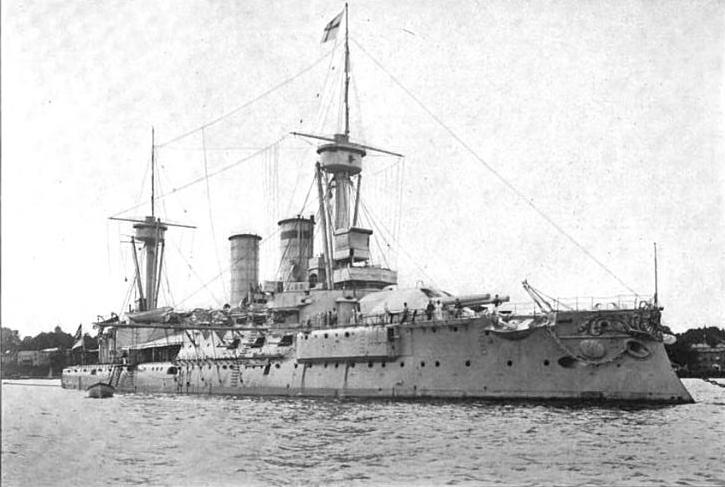
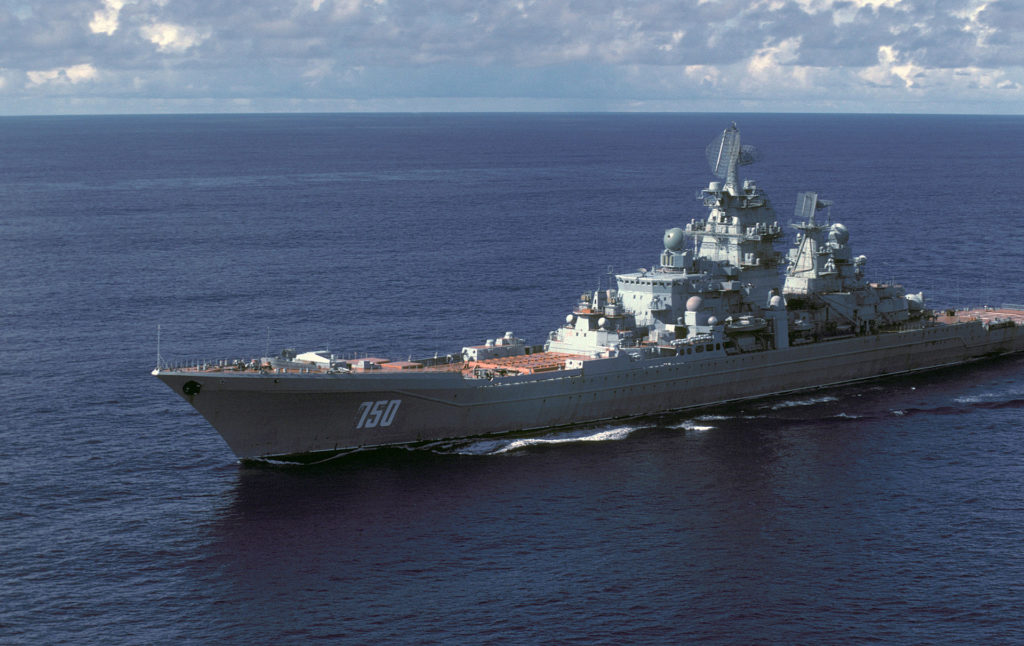
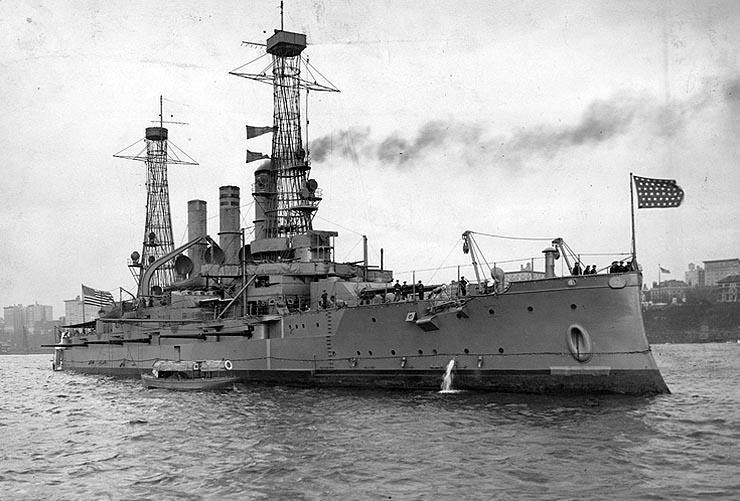
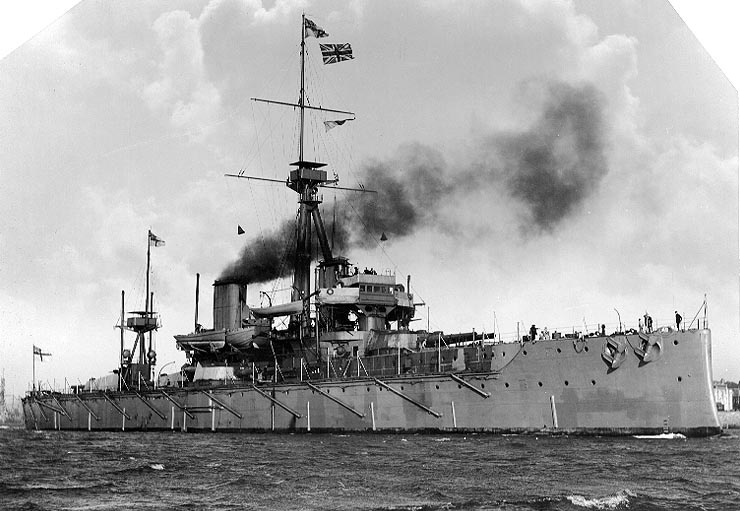
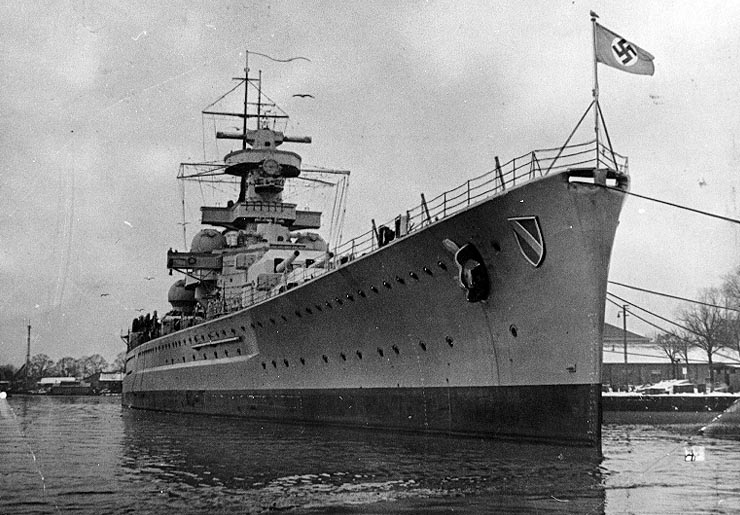
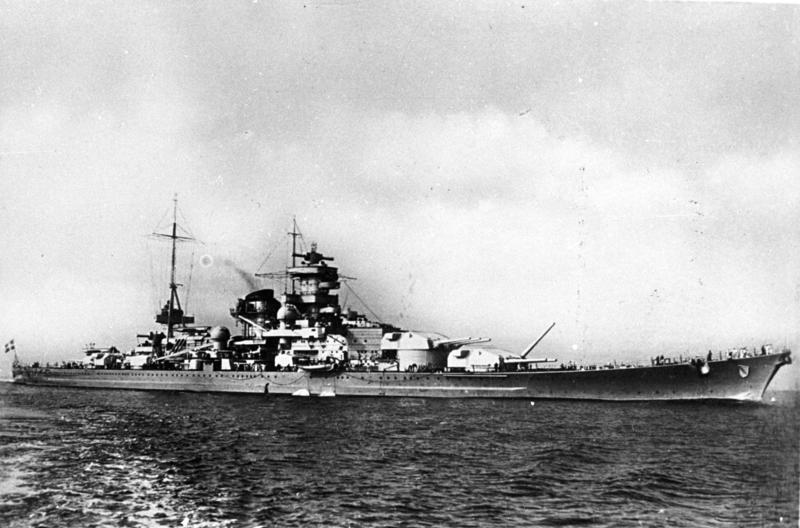
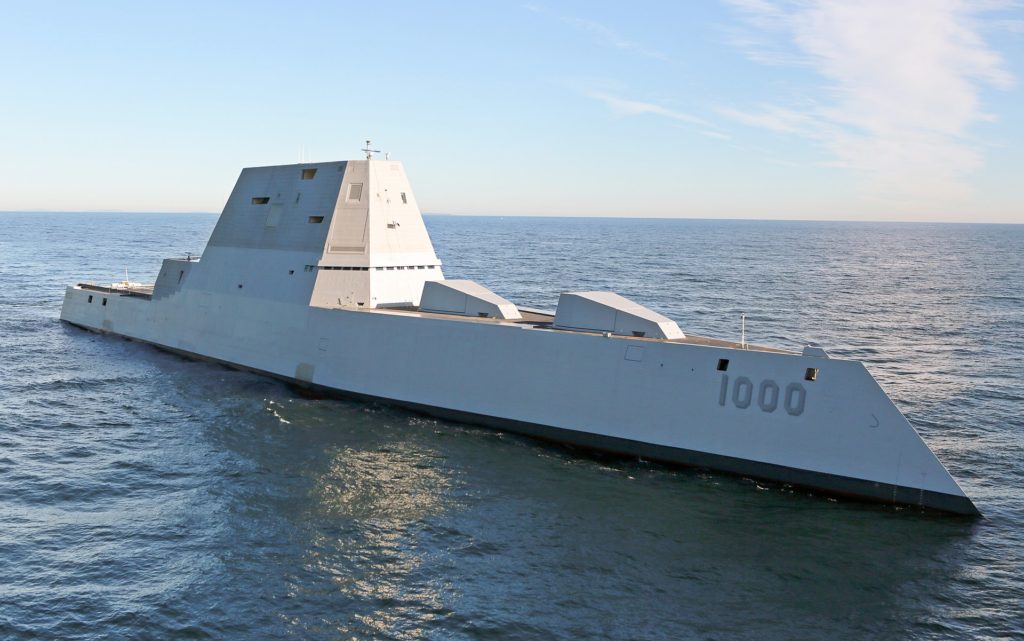

Recent Comments